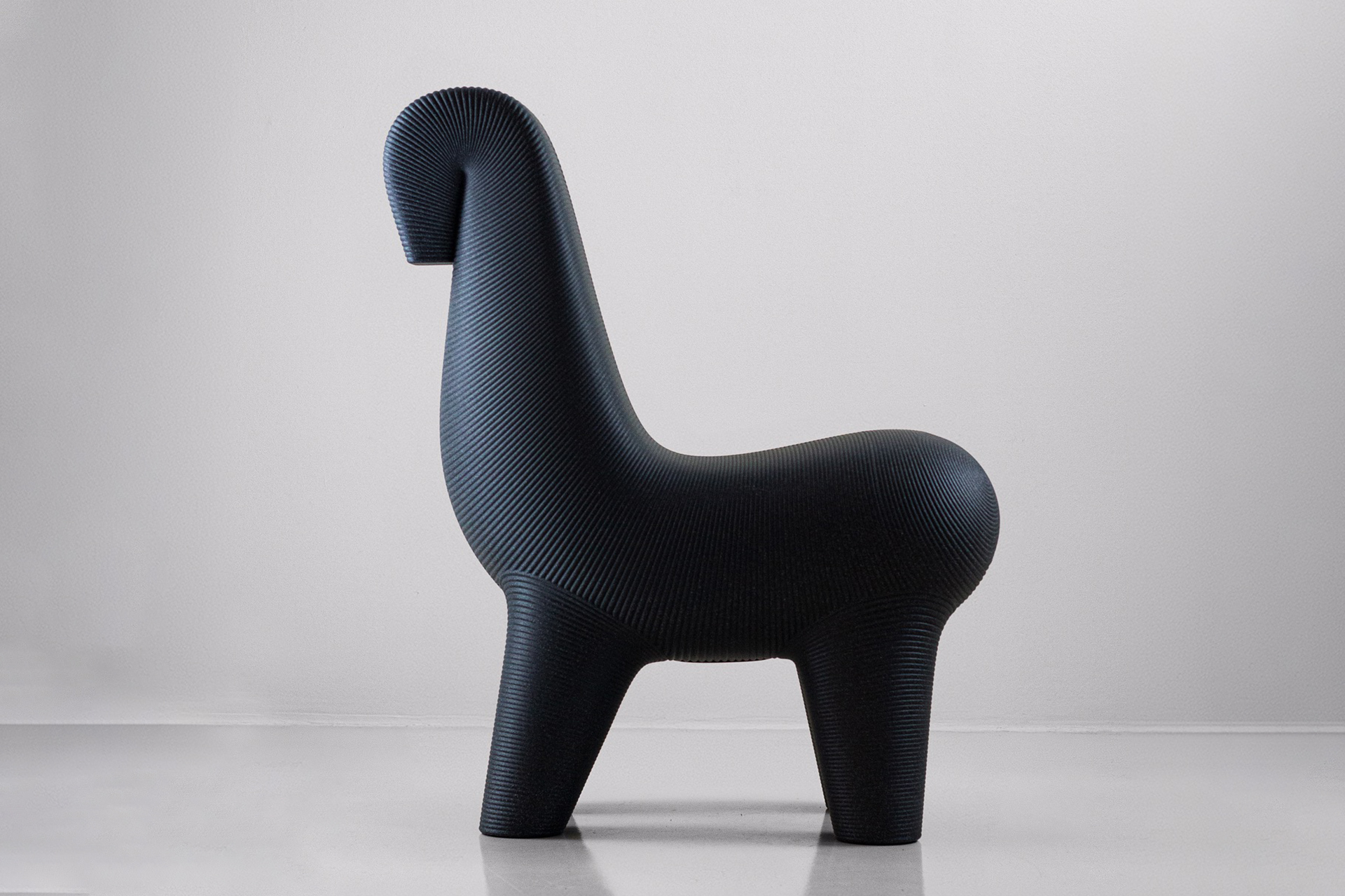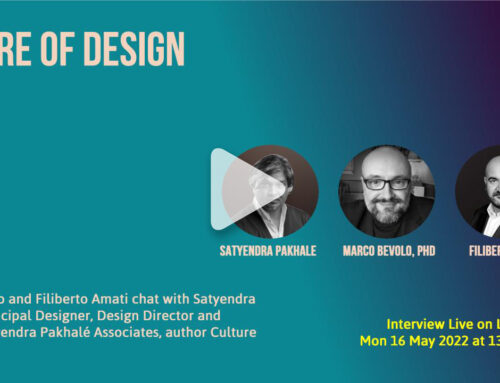


An Industrial Design can Develop an Economy
A designed product stands as a testimony to the cultural ethos of society and mankind. A product arises out of the primal needs of human beings. Therefore, it has the opportunity to touch and affect a millions lives. Using technology and creativity, these designs can contribute to an economy and rise above as cultural symbols. Hence, an industrial designer needs to come up with product designs that play a part in everyday life and improve living.



Every Product Speaks a Language
The moment a user comes in contact with a product, it ought to take him by surprise – a joyful one. Products, hence, can be expressions of the basic human needs. Such a sensorial language must be created through designs, which communicate emotions without compromising on the utilitarian needs. When these significant and crucial aspects are taken into consideration, the users embrace the products in a way that these gradually become a part of their culture.


Design, Technology and Material are Intrinsic to Each Other
In industrial designing, technology can’t be separated from its design. Sometimes the design looks so simple and useful mainly because of its technology. The reason why, while designing a product one needs to mould the two aspects according to each other to have advancing results. Only then the product’s utility is proven. In the same way, a material cannot be separated from design. If not chosen appropriately, either of them can defile the completeness of the product. It’s for the designer to marry every aspect harmoniously.



Product Designing is a State of Mind
It takes a lot to create a product design. It’s better to avoid dwelling in nostalgia, regression or tradition. This results in a contemporary look and feels that can keep pace with current times and connect with the future. Taking life as the biggest teacher and researching your way throughout, one can draw ideas that can create a whole new culture. A product design needs to be human, articulate and symbolic. It should have the creativity that gives a message or tells a story. With this approach, one can achieve that iconic simplicity and sophistication.


The Seeker Must Find his way, on his own
Creativity is not a faucet that can be turned on whenever one needs. Also, it can’t be taught. Industrial design has its own life story. On this great stage, a designer needs to find his role, cultivate his character and perform on his own. Only then one can change the world with one’s creativity.

About Satyendra Pakhalé
Multifaceted award-winning designer Satyendra Pakhalé established his practice SPA –Satyendra Pakhalé Associates in 1998 in Amsterdam, The Netherlands. He was trained both in India and Switzerland and is active in the field of design, art and architecture. His design work is an act of unity going beyond any binary such as high-and low-tech, industrial production and traditional crafts, functionality, and poetic significance. Pakhalé explores diverse cultural roots and creates contemporary objects and architectural spaces with the awareness that being a designer means being socially and culturally responsible. Through a series of award-winning design projects for leading clients and industries, the practice has developed a worldwide reputation for designing diverse innovative typologies, pushing the limits of technology and materials. Recently a comprehensive monograph ‘Satyendra Pakhalé: Culture of Creation’, sponsored by Ca’lyah Design, was published by nai010 publishers, Rotterdam, NL.
He has lectured throughout the world on platforms such as CeBIT Germany, Casa Brasil and Future Design Days Sweden. His works are in permanent collections at prestigious museums throughout the world, among which the Victoria and Albert Museum London, Stedelijk Museum Amsterdam, Montreal Museum of Fine Arts and Centre Pompidou, Paris.
Disclaimer: Views expressed in this article are those of the author and do not necessarily represent those of Satyendra Pakhale.
The full article read here







